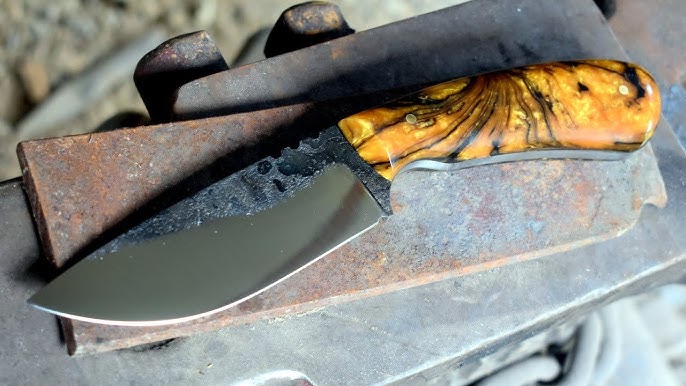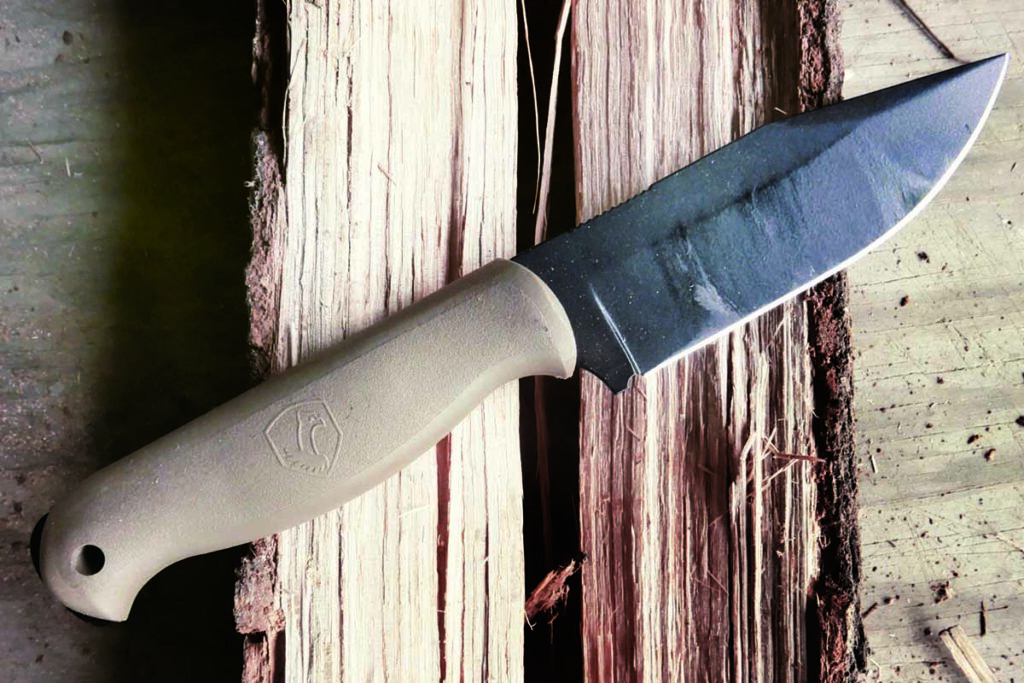In the world of culinary arts, the choice of tools can greatly influence a chef's efficiency and effectiveness in the kitchen. Among these essential tools, kitchen knives hold a distinctive place. The construction of the knife tangthe part of the blade that extends into the handleis a fundamental aspect impacting the knifes balance, durability, and overall performance. Partial tang construction is one such method that offers unique advantages for kitchen professionals.
The concept of tang construction stands at the heart of knife making. It dictates not only how the knife feels in the hand but also how it performs over time. By exploring partial tang construction, we're delving into elements that cater to specific needs and preferences in the culinary world.

What is Partial Tang Construction?
A knife's tang is crucial to its structure, stability, and longevity. In partial tang construction, the tang, or extension of the blade, doesnt span the full length of the handle. Instead, it terminates short, creating a knife that is often lighter and can be easier to maneuver, depending on its intended use. Chefs and knife enthusiasts will encounter various tang styles, each offering distinct attributes.
Advantages of Partial Tang Knives
For kitchen professionals who prioritize agility, partial tang knives can be an excellent choice. Due to their reduced weight, they allow for a fluid and flexible cutting motion. This attribute makes them ideal for tasks requiring precision, like slicing vegetables or filleting fish. Chefs often favor partial tang knives for their ergonomic advantages, particularly when prolonged use can lead to fatigue.
The construction process for partial tang knives also opens the door for more diverse handle designs. These handle innovations can accommodate different materials and styles, which can be both functional and aesthetically pleasing, making them a popular choice among professionals who wish to personalize their kitchen arsenal.
Comparing Partial and Full Tang Knives
Whereas a full tang knife incorporates a blade that stretches the entire length of the handle, lending additional strength, stability, and weight, partial tang construction offers an alternative. The reduction in weight associated with partial tang knives means they provide agility and can often result in a more cost-effective manufacturing process. The choice between the two ultimately hinges on the specific needs of the user. For instance, those tackling heavier tasks like chopping dense vegetables or meats might prefer full tang for its robustness.
To dive more into the nuances of tang construction and its implications, you might find valuable insights in articles such as this guide that elaborate on different knife types and their constructions.
Considerations When Selecting a Knife
Your priorities when selecting a kitchen knife should include an understanding of your personal preferences and the types of culinary tasks you most frequently perform. A knife with partial tang construction may offer advantages in terms of handling and flexibility, particularly in operations that demand precision without compromising speed and accuracy.
Evaluating factors such as the grip material and its compatibility with a partial tang can enhance your knife-handling experience. Some knives feature innovative handle designs as seen in synthetic handles that match lightweight designs to boost performance.
The Role of Material in Tang Construction
Material choices influence your knife's longevity, hygiene, and ease of maintenance. Materials must support the structural needs of a partial tang knife while enhancing user comfort. For example, the choice of high-quality steel in conjunction with durable handle materials ensures that your knife is not only effective but also a joy to use in daily kitchen endeavors.
Browsing resources such as stainless steel knives provides insights into how material choices impact overall performance and durability.

Frequently Asked Questions
Are partial tang knives less durable compared to full tang knives?
While partial tang knives might not offer the same level of robustness as full tang knives, they are by no means fragile. They excel in providing precise control and comfort, especially suited for tasks less demanding of brute strength.
What are some best-use scenarios for partial tang knives?
Tasks that require dexterity and finesse are ideal for partial tang knives. Whether its delicate slicing or preparing intricate dishes, these knives shine in precision work.
Can handle material impact my choice of tang?
Absolutely. The handle material plays a vital role in your knife's overall functionality alongside the tang type. Factors such as grip comfort, durability, and aesthetic appeal contribute to your choice, making it essential to consider these elements to complement the knife's construction.
When juxtaposing knife options, one might consider different knives and materials to make a more informed decision right for one's cooking compensations.
This article contains affiliate links. We may earn a commission at no extra cost to you.


























